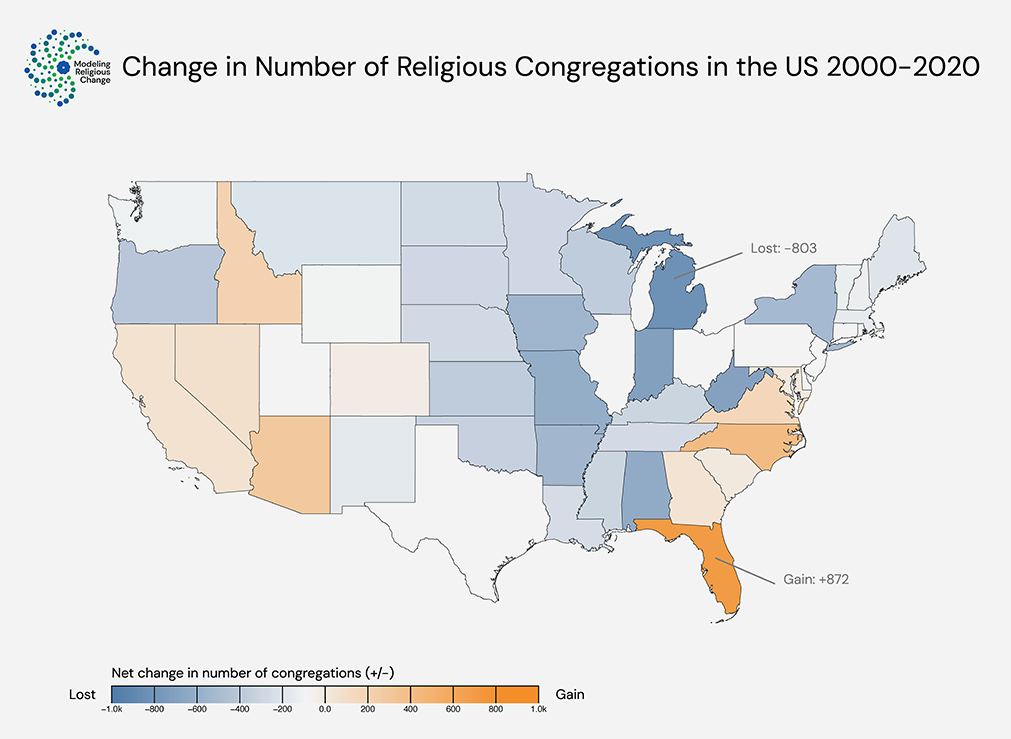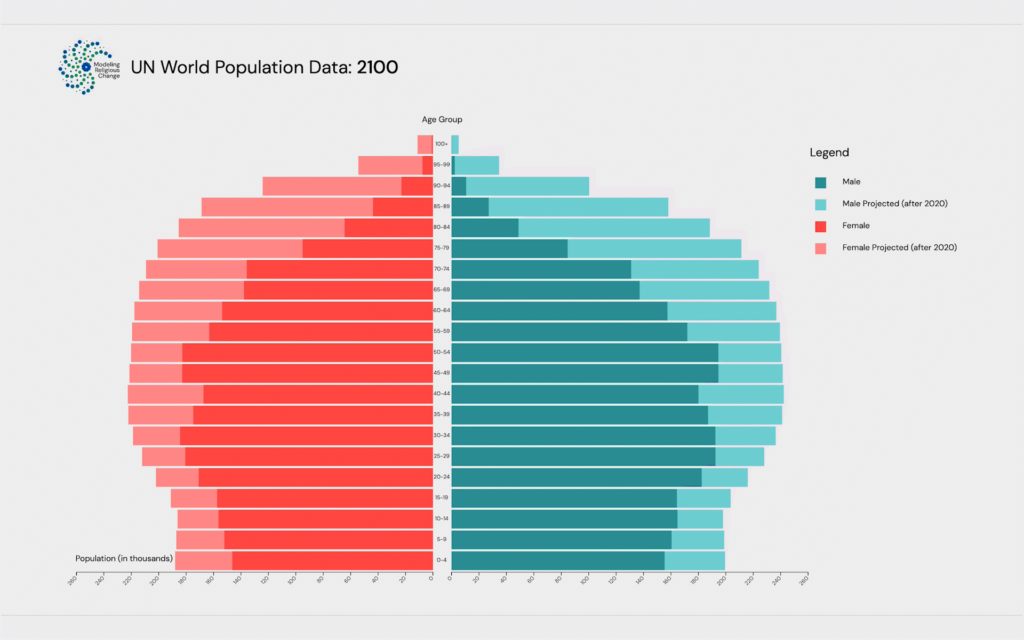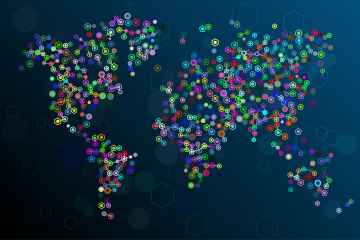Forging new directions in the demographics of religion
Written by Jessie Saeli, edited by Nicole R. Smith and Rachel J. Bacon Modeling Religious Change combines demography, the scientific study of religion, and computational models to create simulations of religious change in the USA, Norway, and India. Our research tackles the challenge of creating more accurate projections of religious change in populations by taking account of multiple dimensions of religiosity. Building on our previous projects and traditional methods of creating …
Forging new directions in the demographics of religion Read More »









